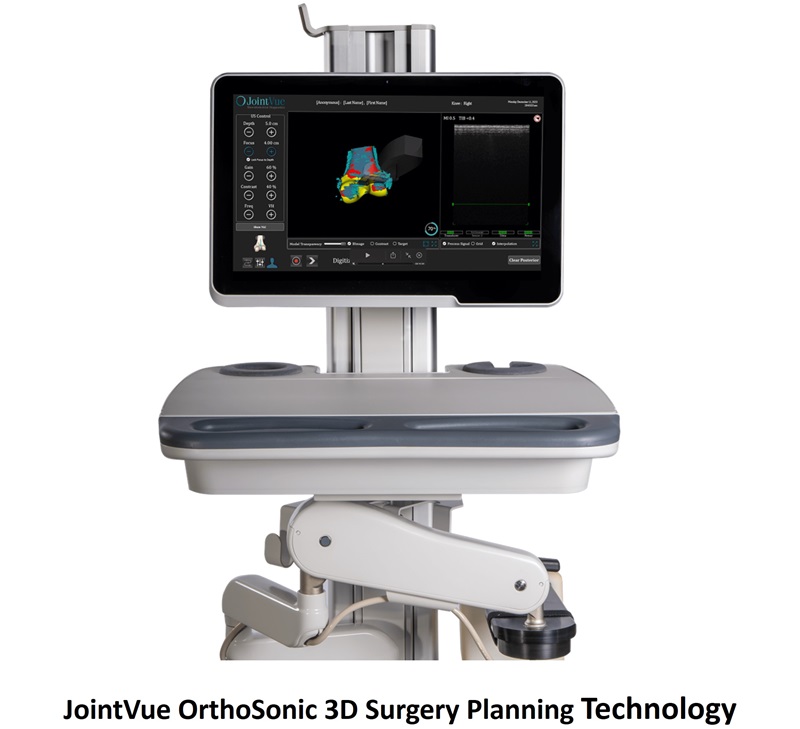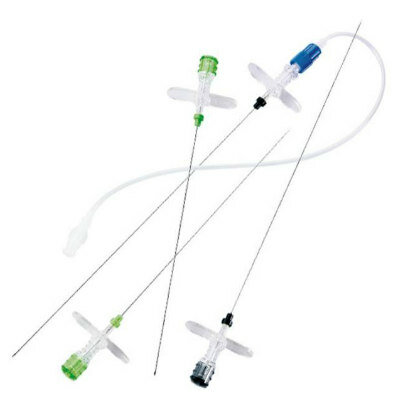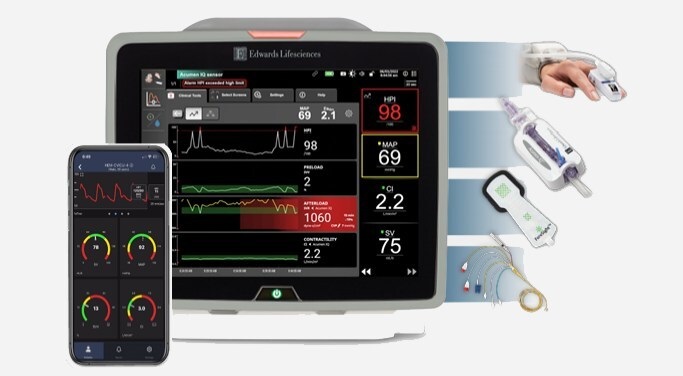IVF Does Not Elevate Long-Term Breast Cancer Risk
|
By HospiMedica International staff writers Posted on 11 Aug 2016 |
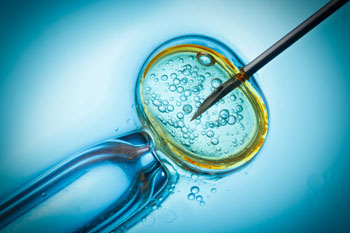
Image: The IVF insemination procedure (Photo courtesy 123rf.com).
Women undergoing ovarian stimulation for in vitro fertilization (IVF) treatment do not have an increased risk of breast cancer (BC), according to a new study.
Researchers at the Netherlands Cancer Institute (NKI; Amsterdam, The Netherlands), Catharina Hospital (Eindhoven, The Netherlands), and other Dutch institutions conducted a study among 19,158 women who started IVF treatment between 1983 and 1995 and 5,950 women who started other fertility treatments between 1980 and 1995 from all 12 Dutch IVF clinics. Information on ovarian stimulation for IVF, other fertility treatments, and potential confounders was collected from medical records and through mailed questionnaires. The main outcome was incidence of invasive and in situ BC.
The results showed that after a median follow-up of more than two decades, BCincidence among IVF patients was relatively comparable with the non-IVF comparison group. The cumulative incidence of BC at age 55 was also nonsignificant when comparing the two groups (3% for IVF group and 2.9% for non-IVF group). The researchers noted that women who had seven or more IVF cycles had a significantly lower risk of BC than women who underwent just one or two cycles. The study was published on July 19, 2016, in the Journal of the American Medical Association (JAMA).
“The risk did not differ by type of fertility drugs or subfertility diagnosis, and was not increased at 20 or more years after IVF treatment. Poor response to the first IVF cycle was also associated with decreased breast cancer risk,” concluded lead author Alexandria W. van den Belt-Dusebout, PhD, of the NKI, and colleagues. “These findings are consistent with the absence of a significant increase in the long-term risk of breast cancer among women treated with these IVF regimens.”
IVF is the process of fertilization by manually combining an egg and sperm in a laboratory dish, and then transferring the embryo to the uterus. To increase success rates, various ovarian stimulation protocols are used to induce the ovaries to make more follicles and eggs. The most commonly used stimulation regimens include injections of follicle stimulating hormone (FSH), with the goal of getting approximately 8 to 15 quality eggs at the egg retrieval procedure.
Related Links:
Netherlands Cancer Institute
Catharina Hospital
Researchers at the Netherlands Cancer Institute (NKI; Amsterdam, The Netherlands), Catharina Hospital (Eindhoven, The Netherlands), and other Dutch institutions conducted a study among 19,158 women who started IVF treatment between 1983 and 1995 and 5,950 women who started other fertility treatments between 1980 and 1995 from all 12 Dutch IVF clinics. Information on ovarian stimulation for IVF, other fertility treatments, and potential confounders was collected from medical records and through mailed questionnaires. The main outcome was incidence of invasive and in situ BC.
The results showed that after a median follow-up of more than two decades, BCincidence among IVF patients was relatively comparable with the non-IVF comparison group. The cumulative incidence of BC at age 55 was also nonsignificant when comparing the two groups (3% for IVF group and 2.9% for non-IVF group). The researchers noted that women who had seven or more IVF cycles had a significantly lower risk of BC than women who underwent just one or two cycles. The study was published on July 19, 2016, in the Journal of the American Medical Association (JAMA).
“The risk did not differ by type of fertility drugs or subfertility diagnosis, and was not increased at 20 or more years after IVF treatment. Poor response to the first IVF cycle was also associated with decreased breast cancer risk,” concluded lead author Alexandria W. van den Belt-Dusebout, PhD, of the NKI, and colleagues. “These findings are consistent with the absence of a significant increase in the long-term risk of breast cancer among women treated with these IVF regimens.”
IVF is the process of fertilization by manually combining an egg and sperm in a laboratory dish, and then transferring the embryo to the uterus. To increase success rates, various ovarian stimulation protocols are used to induce the ovaries to make more follicles and eggs. The most commonly used stimulation regimens include injections of follicle stimulating hormone (FSH), with the goal of getting approximately 8 to 15 quality eggs at the egg retrieval procedure.
Related Links:
Netherlands Cancer Institute
Catharina Hospital
Latest Patient Care News
- Portable Biosensor Platform to Reduce Hospital-Acquired Infections
- First-Of-Its-Kind Portable Germicidal Light Technology Disinfects High-Touch Clinical Surfaces in Seconds
- Surgical Capacity Optimization Solution Helps Hospitals Boost OR Utilization

- Game-Changing Innovation in Surgical Instrument Sterilization Significantly Improves OR Throughput
- Next Gen ICU Bed to Help Address Complex Critical Care Needs
- Groundbreaking AI-Powered UV-C Disinfection Technology Redefines Infection Control Landscape
- Clean Hospitals Can Reduce Antibiotic Resistance, Save Lives
- Smart Hospital Beds Improve Accuracy of Medical Diagnosis
- New Fast Endoscope Drying System Improves Productivity and Traceability
- World’s First Automated Endoscope Cleaner Fights Antimicrobial Resistance
- Portable High-Capacity Digital Stretcher Scales Provide Precision Weighing for Patients in ER
- Portable Clinical Scale with Remote Indicator Allows for Flexible Patient Weighing Use
- Innovative and Highly Customizable Medical Carts Offer Unlimited Configuration Possibilities
- Biomolecular Wound Healing Film Adheres to Sensitive Tissue and Releases Active Ingredients
- Wearable Health Tech Could Measure Gases Released From Skin to Monitor Metabolic Diseases
- Wearable Cardioverter Defibrillator System Protects Patients at Risk of Sudden Cardiac Arrest
Channels
Critical Care
view channel_1.jpg)
Cutting-Edge Bioelectronic Device Offers Drug-Free Approach to Managing Bacterial Infections
Antibiotic-resistant infections pose an increasing threat to patient safety and healthcare systems worldwide. Recent estimates indicate that drug-resistant infections may rise by 70% by 2050, highlighting... Read more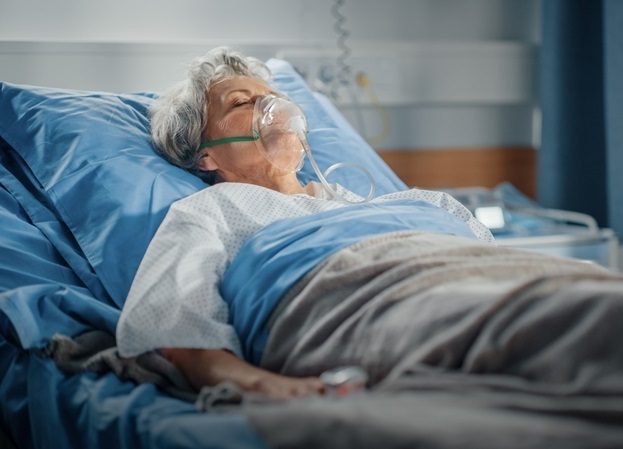
Sophisticated Machine-Learning Approach Uses Patient EHRs to Predict Pneumonia Outcomes
Pneumonia, an infection that results in difficulty breathing due to fluid accumulation in the lungs, is one of the leading causes of death worldwide. This condition is particularly challenging to treat... Read more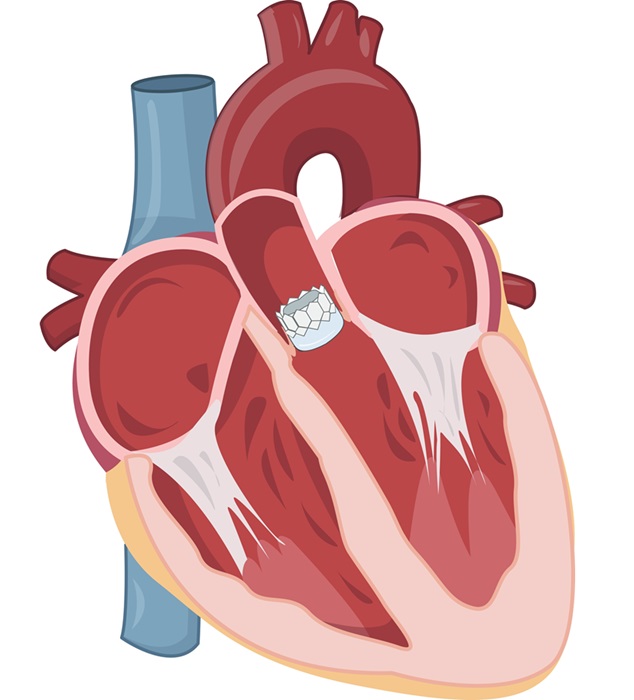
Early TAVR Benefits Patients with Asymptomatic Severe Aortic Stenosis
For patients with asymptomatic severe aortic stenosis (AS) and preserved left-ventricular ejection fraction, current guidelines recommend clinical surveillance every six to twelve months.... Read more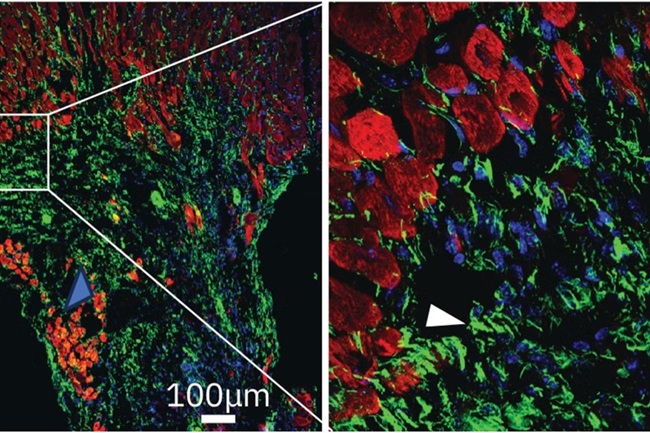
First-Of-Its-Kind Experimental Therapy Enhances Tissue Repair After Heart Attack
Cardiovascular disease remains the leading cause of death worldwide, accounting for one-third of all annual fatalities. Following a heart attack, the heart's natural regenerative ability is limited, resulting... Read moreSurgical Techniques
view channel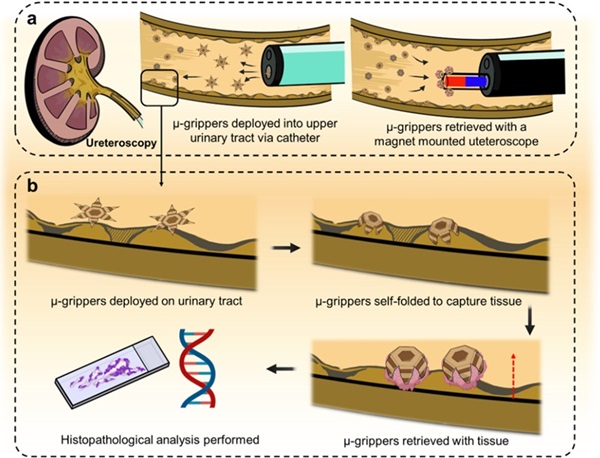
Microgrippers For Miniature Biopsies to Create New Cancer Diagnostic Screening Paradigm
The standard diagnosis of upper urinary tract cancers typically involves the removal of suspicious tissue using forceps, a procedure that is technically challenging and samples only a single region of the organ.... Read moreMiniature Soft Lithium-Ion Battery Could Be Used as Defibrillator During Surgery
The development of tiny smart devices, measuring just a few cubic millimeters, requires equally miniature power sources. For minimally invasive biomedical devices that interact with biological tissues,... Read more.jpg)
TAVI Procedure Supported by Radial Artery Access Reduces Bleeding Complications
The TAVI procedure, or Transcatheter Aortic Valve Implantation, is a minimally invasive technique in which a new aortic valve is inserted through a femoral artery to replace a narrowed old valve.... Read more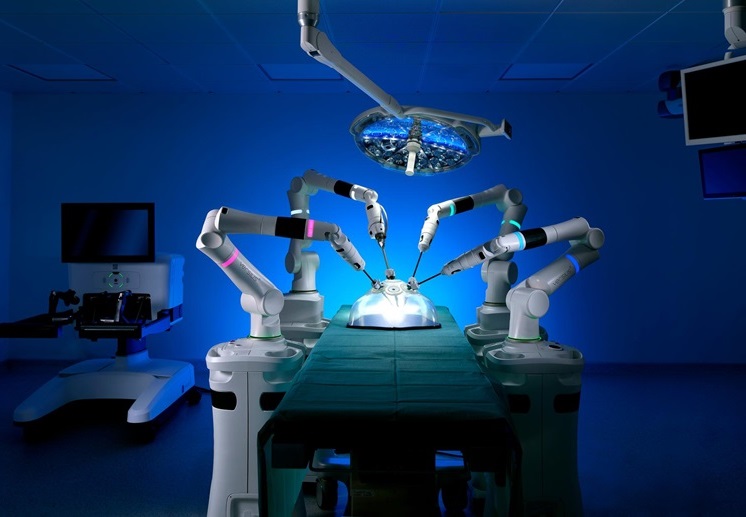
Portable Surgical Robot Seamlessly Integrates into Any OR for Performing Cholecystectomy Procedures
The United States represents a significant market with a strong demand for a flexible surgical robotic system applicable across various care settings. However, there has been a lack of sufficient options... Read moreHealth IT
view channel
Machine Learning Model Improves Mortality Risk Prediction for Cardiac Surgery Patients
Machine learning algorithms have been deployed to create predictive models in various medical fields, with some demonstrating improved outcomes compared to their standard-of-care counterparts.... Read more
Strategic Collaboration to Develop and Integrate Generative AI into Healthcare
Top industry experts have underscored the immediate requirement for healthcare systems and hospitals to respond to severe cost and margin pressures. Close to half of U.S. hospitals ended 2022 in the red... Read more
AI-Enabled Operating Rooms Solution Helps Hospitals Maximize Utilization and Unlock Capacity
For healthcare organizations, optimizing operating room (OR) utilization during prime time hours is a complex challenge. Surgeons and clinics face difficulties in finding available slots for booking cases,... Read more
AI Predicts Pancreatic Cancer Three Years before Diagnosis from Patients’ Medical Records
Screening for common cancers like breast, cervix, and prostate cancer relies on relatively simple and highly effective techniques, such as mammograms, Pap smears, and blood tests. These methods have revolutionized... Read morePoint of Care
view channel
Handheld, Sound-Based Diagnostic System Delivers Bedside Blood Test Results in An Hour
Patients who go to a doctor for a blood test often have to contend with a needle and syringe, followed by a long wait—sometimes hours or even days—for lab results. Scientists have been working hard to... Read more
Smartphone-Enabled, Paper-Based Quantitative Diagnostic Platform Transforms POC Testing
Point-of-care diagnostics are crucial for public health, offering rapid, on-site testing that enables prompt diagnosis and treatment. This is especially valuable in remote or underserved regions where... Read moreBusiness
view channel
Hologic Acquires Gynesonics to Strengthen Existing Gynecological Surgical Business
Hologic (Marlborough, MA, USA) has signed a definitive agreement to acquire Gynesonics (Redwood City, CA, USA) for approximately USD 350 million, subject to working capital and other customary closing adjustments.... Read more